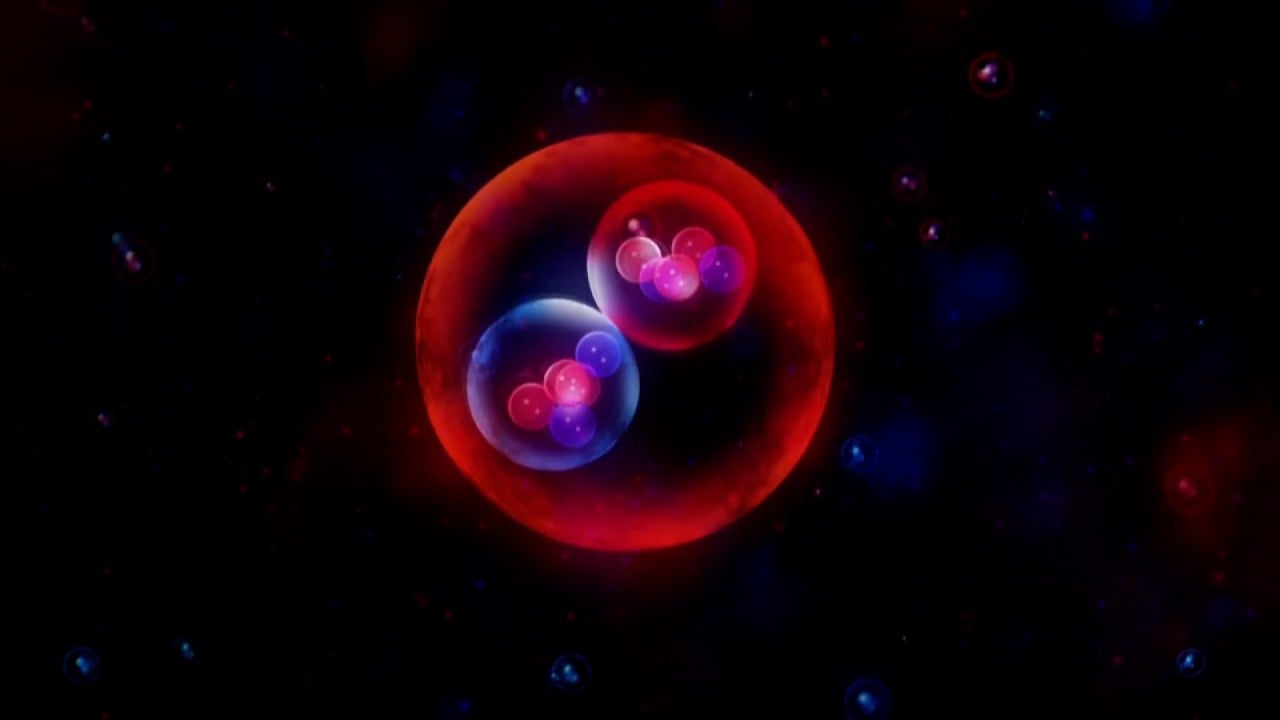China’s state-owned nuclear power corporation says it has passed a milestone in its quest to create an “artificial sun” powered by nuclear fusion.
China National Nuclear Corporation (CNNC) said on Saturday that the newest version of its tokamak machine, known as HL-2A, had generated a plasma current of more than 1 million amperes, or 1 mega-amp, in high-confinement mode for the first time.
“This is an important milestone for the country’s development of nuclear fusion … as confined nuclear fusion is one of the three building blocks of the country’s nuclear energy development strategy,” it said.
Scientists hope that the process – which generates energy in much the same way as the sun generates heat and light – can provide safe, clean and near-limitless energy.
Unlike nuclear fission reactions, which is how contemporary nuclear plants generate power, it produces less radioactive waste.
CNNC said the device operates in a “high-confinement mode” (H mode) under which the temperature and density of the plasma increase significantly.
China’s artificial sun project sparks discovery in fusion energy
China’s artificial sun project sparks discovery in fusion energy
The company said its new reactor had overcome “key technical difficulties” caused by using a more powerful heat system and an advanced diverter, a device that extracts heat, minimises plasma contamination and protects the wall surrounding the reactor.
Advertisement
The device was developed at the company’s Southwestern Institute of Physics in Chengdu, the capital city of Sichuan province, according to Chinese media reports.
But it is not the first to generate and maintain extremely hot, highly confined plasma in high-confinement mode.
Advertisement
But the challenge is to keep the process under control so that the reactor does not explode when recreating the process on Earth.
China is also involved with the International Thermonuclear Experimental Reactor, the world’s largest fusion reactor which is being built in France in collaboration with the European Union, India, Japan, South Korea, Russia and the United States.
Advertisement
The country is aiming to achieve self-sufficiency in energy, a goal in nuclear energy plays a key part and it has tripled its nuclear power capacity in the past decade, according to the World Nuclear Association.
A fusion reactor is creating breakdowns – Thai scientists are delighted
A fusion reactor is creating breakdowns – Thai scientists are delighted
It filed more patents in nuclear fusion technology than any other country or region between 2011 and 2022, according to research by the Tokyo-based research company Astamuse.
Advertisement
It also aims to build an industrial prototype fusion reactor by 2035 and have the technology in large-scale commercial use by 2050.
Advertisement


